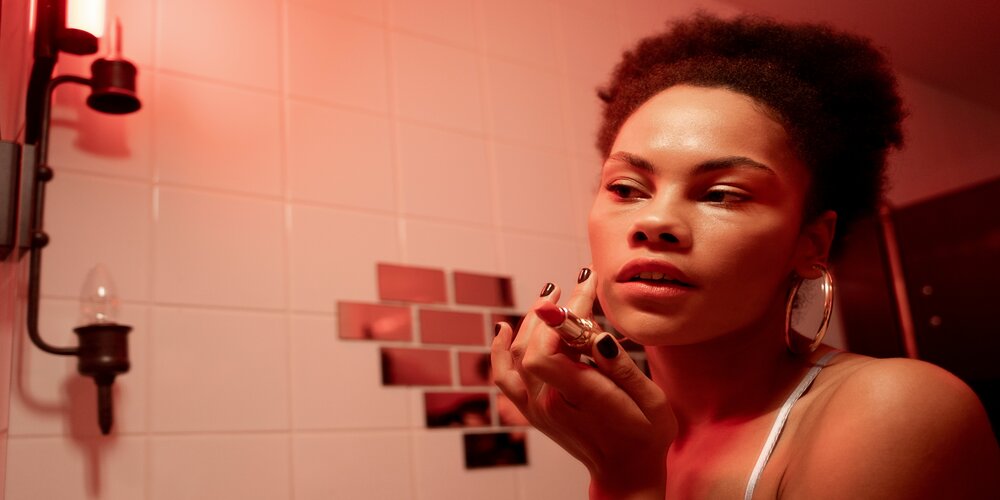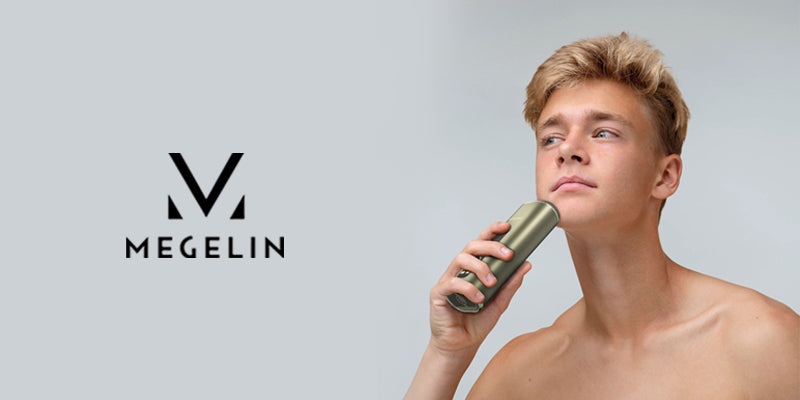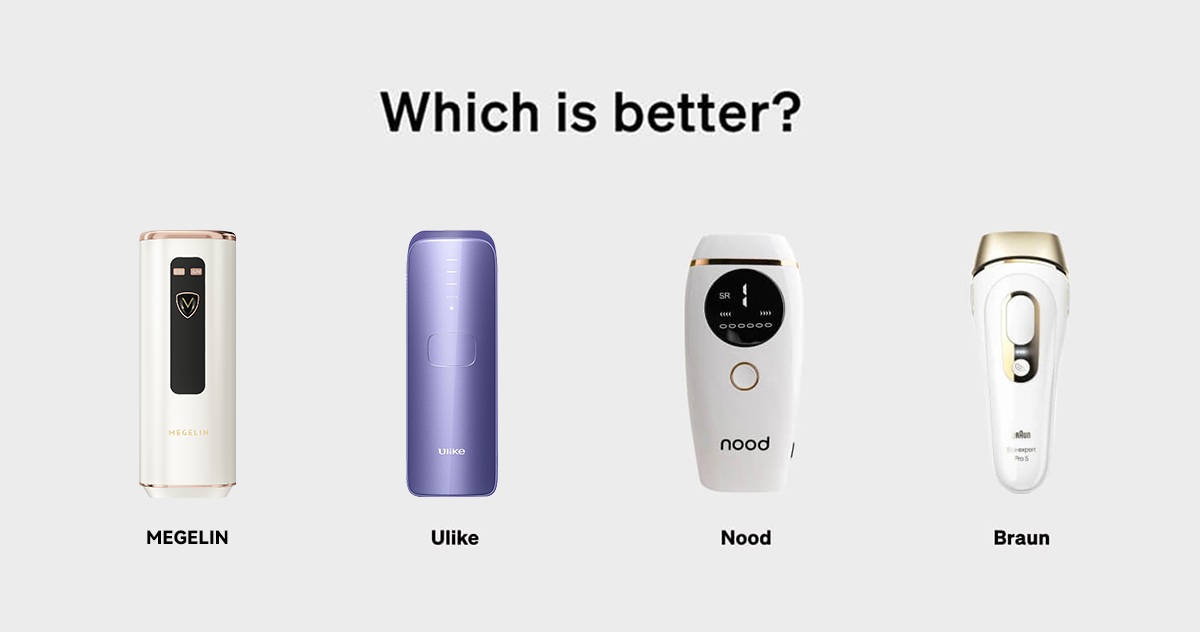
Red Light Therapy Treatment for Darker Skin: Benefits and Risks
2MegelinIn an era where the pursuit of healthy, glowing skin transcends skin tone, Red Light Therapy Treatment for Darker Skin emerges as a groundbreaking advance, offering a beacon of hope for individuals seeking skin rejuvenation without the concerns of adverse effects linked to their skin type. This innovative method, utilizing LED light therapy, stands out for its non-invasive nature and its promise of enhancing skin texture and overall skin health. The focus on darker skin—an often overlooked demographic in dermatological research—underscores the significance of understanding the safety, efficacy, and potential of red light therapy across diverse skin tones, particularly for those with melanated skin. As more individuals seek treatments tailored to their unique skin conditions, the importance of exploring such options cannot be overstated.
The article delves into the intricacies of Red Light Therapy Treatment for Darker Skin, offering insight into how this therapy works, its benefits specifically for dark skin, and the risks and side effects that may arise, especially in regard to skin sensitivity. By examining factors such as treatment duration and the specific needs of melanated skin, the content aims to provide a comprehensive overview of whether red light therapy is safe for dark skin and how it can contribute to skin tone improvement and skin conditions management. Moreover, the discussion extends to unpacking the broader spectrum of red light therapy benefits—ranging from skin rejuvenation to addressing various skin challenges—thereby equipping readers with essential knowledge to make informed decisions about their skin health journey.
Understanding Red Light Therapy
Red Light Therapy (RLT) is a therapeutic technique that uses red low-level wavelengths of light to treat skin issues, such as wrinkles, scars, and persistent wounds, among other conditions. In the context of darker skin, which is more susceptible to hyperpigmentation and may react differently to various treatments, RLT offers a significant advantage by being non-invasive and generally gentle on the skin.
What is Red Light Therapy?
Red Light Therapy involves exposing the skin to a lamp, device, or laser with a red light. A significant aspect of RLT is its ability to penetrate deep into the skin layers, which can promote healing and relief. It is often used in medical and cosmetic treatments, including anti-aging therapy, because it helps to improve skin elasticity and reduce inflammation.
How Red Light Therapy Works
The mechanism behind Red Light Therapy is its ability to stimulate collagen production, which is crucial for maintaining skin elasticity and strength. Collagen is a protein that decreases as skin ages, leading to wrinkles and other signs of aging. RLT is believed to work by using low wavelength red light to penetrate deeper into the skin, where it can enhance energy inside cells and accelerate healing. This treatment is particularly beneficial for darker skin tones, as it helps to manage pigmentation issues without the harshness of chemical treatments.
Benefits of Red Light Therapy for Darker Skin
Red Light Therapy (RLT) has been identified as a beneficial treatment for enhancing skin health, particularly in individuals with darker skin tones. This section explores the specific benefits of RLT, focusing on its efficacy in promoting wound healing and improving skin complexion and texture.
Promotes Wound Healing
RLT is recognized for its ability to improve wound healing. The therapy stimulates collagen production and increases fibroblast production, both of which are crucial for skin recovery and regeneration [1]. Additionally, RLT enhances blood circulation to the tissue and reduces inflammation at the cellular level, which are essential processes in the healing of skin wounds [1].
Improves Skin Complexion and Reduces Wrinkles
For individuals with darker skin, RLT offers significant advantages in managing skin complexion. It helps in reducing wrinkles, fine lines, and age spots, thereby improving the facial texture [1]. The therapy's ability to stimulate collagen production not only supports skin structure and strength but also contributes to a more even skin tone and texture [2]. Notably, RLT has been found to be particularly effective for darker skin, which may have unique concerns such as hyperpigmentation. Adjustments in treatment parameters, such as the use of pulsed LED light, have been shown to enhance penetration in melanin-rich skin, making the therapy more effective [2].
The therapeutic benefits of Red Light Therapy, coupled with tailored treatment adjustments for darker skin types, underscore its potential as a safe and effective option for skin rejuvenation and health.
Risks and Side Effects of Red Light Therapy on Darker Skin
Potential Side Effects
Red Light Therapy (RLT) is generally considered safe; however, individuals with darker skin may experience specific side effects due to higher melanin concentrations. These side effects include mild irritability, headaches, eye strain, and temporary sleep disturbances [3]. More severe but less common risks involve photosensitivity reactions, such as redness, stinging, and burning, which usually subside three weeks post-treatment [3]. There is also a risk of hyperpigmentation, particularly when using certain types of photosensitizers during treatment [3]. Additionally, prolonged or high-intensity exposure outside recommended treatment guidelines may cause skin damage, including burns and blisters [4]. It is crucial to note that misuse of home-use RLT products can lead to similar injuries and damage to unprotected eyes [4].
How to Mitigate Risks
To minimize the risks associated with RLT for darker skin, several adjustments can be made. Reducing the intensity by up to 50% and using pulsed modes or cooling methods helps reduce skin heating [5]. Adjusting the wavelength and dosage is also recommended; Near-Infrared (NIR) wavelengths (800nm+) can improve penetration and reduce superficial heating [5]. For deeper tissue treatments, increasing the dosage by up to 25-50% ensures adequate energy reaches the target tissues, which may require extending the exposure time by approximately 1.6 times [5]. These adjustments are essential to tailor the therapy to darker skin types, enhancing safety and efficacy.
Conclusion
Through the exploration of Red Light Therapy (RLT) for darker skin tones, this article has highlighted how RLT stands as both a beacon of innovation and a testament to the inclusivity in dermatological advances. It underscores the therapy's efficacy in enhancing skin health—emphasizing its benefits in promoting wound healing, improving skin complexion, and managing unique concerns such as hyperpigmentation without the harshness associated with chemical treatments. Importantly, the tailored adjustments in treatment parameters for individuals with darker skin ensure that RLT offers a safe and effective option for those looking to rejuvenize and maintain their skin health, marking a significant step towards addressing the dermatological needs of a wider demographic.
However, while Red Light Therapy emerges as a promising treatment for those with melanated skin, acknowledging the potential side effects and risks is crucial for informed decision-making. Mitigation strategies, including adjustments in intensity, pulsation, and cooling methods, play a crucial role in enhancing both the efficacy and safety of RLT, particularly for darker skin tones. As the field of dermatology continues to evolve, further research and personalized approaches in treatments like Red Light Therapy are essential for optimizing outcomes. The journey toward skin health, especially for those with darker complexions, is on a promising path, with Red Light Therapy shining light on the future of inclusive and effective dermatological care.
FAQs
Is it safe to use red light therapy if you have darker skin?
Doctors advise that individuals with darker skin tones exercise caution regarding the frequency and intensity of red light therapy sessions to prevent potential side effects.
What are the potential risks associated with red light therapy?
While red light therapy is largely considered safe, exposure to very high levels of light can lead to skin issues such as redness and blistering.
What conditions should prevent the use of red light therapy?
Red light therapy should be avoided by individuals with retinal diseases, such as diabetes, or those taking photosensitizing medications, including lithium, melatonin, phenothiazine antipsychotics, and certain antibiotics.
Can red light therapy exacerbate melasma?
There is no evidence to suggest that red light therapy worsens melasma.
References
[1] - https://my.clevelandclinic.org/health/articles/22114-red-light-therapy
[2] - https://apnews.com/buyline-shopping/article/best-red-light-therapy-devices
[3] - https://www.news-medical.net/health/Light-Therapy-Safety-and-Side-Effects.aspx
[4] - https://www.medicalnewstoday.com/articles/325884
[5] - https://gembared.com/blogs/musings/red-light-therapy-for-dark-skin-types










